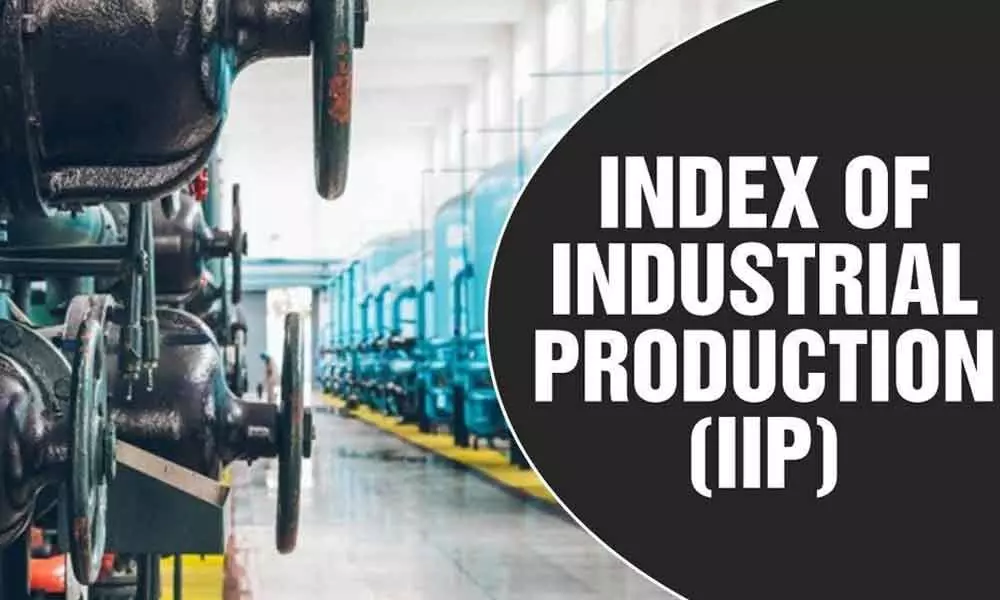IIP cheers amidst challenges of low rainfall, sluggish sales in auto & consumer non-durables
Riding on easing restrictions and faster vaccination, Index of Industrial Production (IIP) rose by 11.5 per cent in July from a low base of -10.5 per cent a year ago.
image for illustrative purpose

Riding on easing restrictions and faster vaccination, Index of Industrial Production (IIP) rose by 11.5 per cent in July from a low base of -10.5 per cent a year ago. Healthy sequential uptick benefitting from easing restrictions and rising mobility was of help. Added to it, the country's factory output accelerated sequentially 7.2 per cent in July over the preceding month which also acted as a catalyst for IIP's growth in July.
Now, when the countdown begins for the next monthly IIP numbers to be out by Ministry of Statistics and Programme Implementation on October 12, we will have to see how does IIP perform in the light of a host of challenges.
Industrial output also trailed the pre-Covid level though marginally by 0.3 per cent, on account of the drag imposed by consumer durables on manufacturing, whereas mining and electricity posted a healthy growth relative to their July 2019 levels. On an encouraging note, all the use-based categories except consumer durables recovered to or above their pre-Covid level in July.
However, in sequential terms, manufacturing output rose by 8.2 per cent in July, much lower than the corresponding 17 per cent change in the generation of GST e-way bills. The latter, Icra believes, represents continued inventory clearance as the state-wise restrictions eased. Subsequently, the GST e-Way bills have remained flat in August at the previous month's level, which may be on account of a stabilisation in dispatches rather than a signal that the growth momentum is plateauing.
Notably, the manufacturing index in July (130.9) was nearly as high as the level in October 2020 (132.0) during last year's festive season, which offers a glimpse into the strength of the revival after the second wave.
The YoY contraction in consumer non-durables in July for the second month in a row struck a discordant note, although this was partly driven by an unfavourable base related to restocking after the first wave.
Another challenge being predicted is 25 per cent shortfall in rainfall relative to the long period average to boost the performance of mining and infrastructure/construction in August, given the extended window for such activities. Moreover, the requirement to use electricity to draw ground water for irrigation has resulted in a spike in the electricity demand to 17 per cent in that month, which has fallen sharply to under 5 per cent in September amid abundant rains. Again, a contraction in motorcycle production has pulled down the auto sector's performance in August. The sudden exit of the carmaker Ford from the country, the fifth such exit in past four years, poses another challenge.
With an expected uptick in mining, electricity and infrastructure/construction goods, amidst a weaker performance of the auto sector, analysts project the IIP growth to improve to 13-15 per cent in August. Again, it will be subject to the fact that there was no third wave of Covid-19, which is being rumoured about at the moment.

